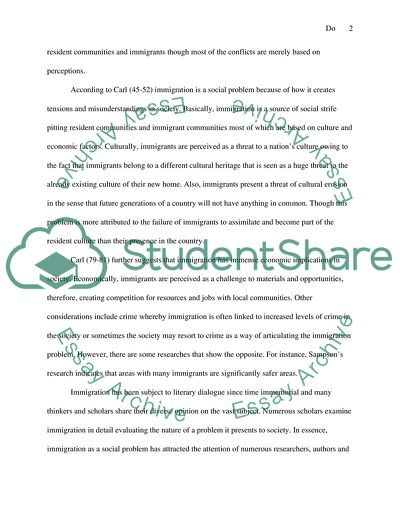Cite this document
(A Real Solution to the Immigration Problem Term Paper Example | Topics and Well Written Essays - 4000 words, n.d.)
A Real Solution to the Immigration Problem Term Paper Example | Topics and Well Written Essays - 4000 words. https://studentshare.org/sociology/1779209-immigration-part-3
A Real Solution to the Immigration Problem Term Paper Example | Topics and Well Written Essays - 4000 words. https://studentshare.org/sociology/1779209-immigration-part-3
(A Real Solution to the Immigration Problem Term Paper Example | Topics and Well Written Essays - 4000 Words)
A Real Solution to the Immigration Problem Term Paper Example | Topics and Well Written Essays - 4000 Words. https://studentshare.org/sociology/1779209-immigration-part-3.
A Real Solution to the Immigration Problem Term Paper Example | Topics and Well Written Essays - 4000 Words. https://studentshare.org/sociology/1779209-immigration-part-3.
“A Real Solution to the Immigration Problem Term Paper Example | Topics and Well Written Essays - 4000 Words”. https://studentshare.org/sociology/1779209-immigration-part-3.


